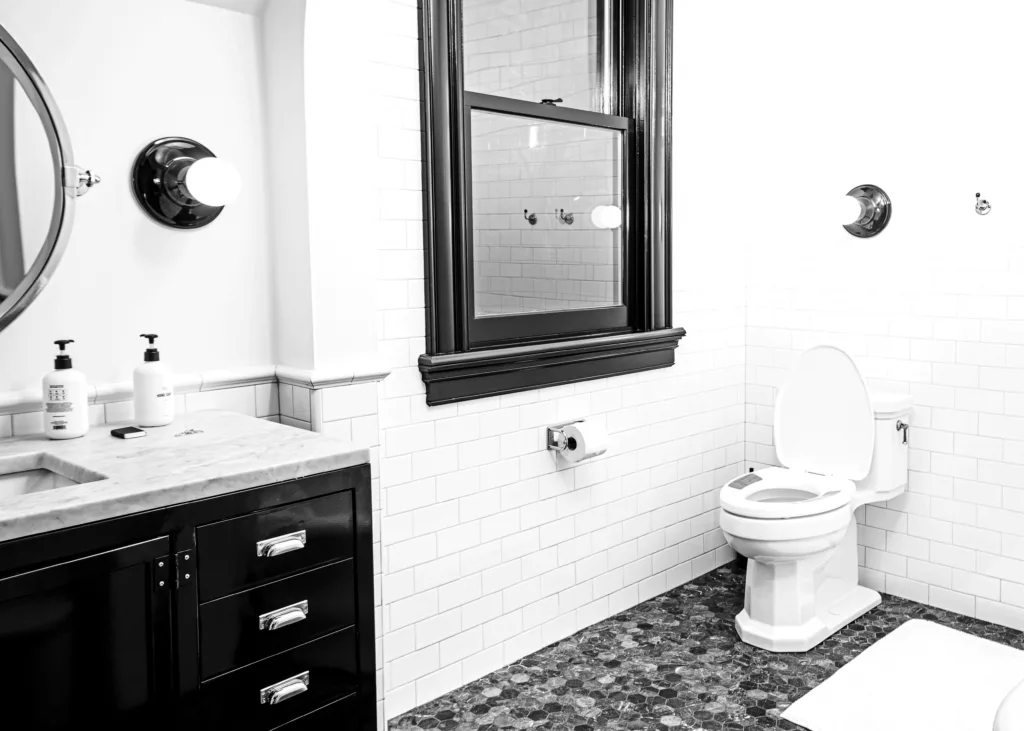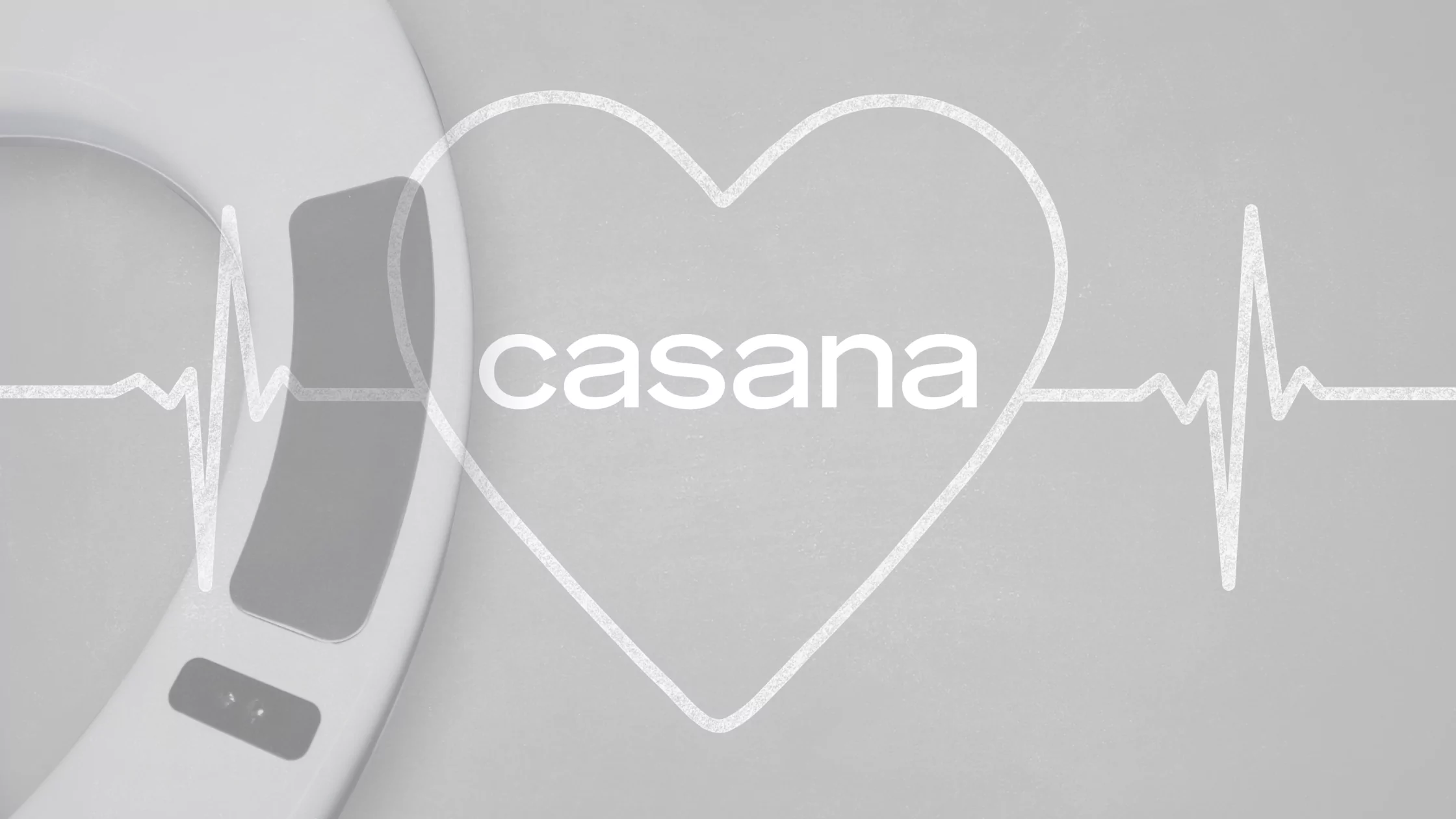In the age of health technology and quantified self, we’re constantly tracking various aspects of our lives. From counting our daily steps to monitoring our sleep patterns, the data-driven approach to optimizing health has taken center stage. Amidst all this data noise, there’s one fundamental metric that often gets overlooked, yet provides understanding of our health in profound ways – our pulse.
Your pulse, that rhythmic thumping of your heart, isn’t just a simple physiological occurrence. It’s a vital sign that provides valuable insights into the state of your well-being. Measuring your pulse goes beyond the numbers on a fitness tracker; it’s a window into the intricate symphony of your cardiovascular system and can be an indicator of both fitness and illness.
In this blog, we’ll delve into the significance of knowing how to measure your pulse, exploring why it matters, how it can empower you to make informed health decisions, and how technological advancements have made pulse tracking more accessible than ever before. So, let’s unravel the mysteries of this silent drummer in your chest and discover why it deserves a place at the forefront of your health-conscious endeavors.
Step 1: Find a quiet and comfortable environment.
To get a more accurate pulse reading, choose a quiet and comfortable location where you can sit or lie down. Minimize distractions and external factors, like your neighbor’s garage band or your dog’s zoomies, that could affect your heart rate.
Step 2: Locate your pulse.
You can measure your pulse at various pulse points in your body. The most common and easily accessible is the radial pulse, located on the inside of your wrist, just below the base of your thumb. Alternatively, you can measure it on the side of your neck (carotid pulse) depending on your preference and purpose.
Step 3: Use your fingers, not your thumb.
Place your index and middle fingers (never use your thumb to avoid placing unnecessary pressure) lightly over the pulse point you’ve chosen. Apply just enough pressure to feel the pulsations without pressing too hard, which can disrupt the reading.
Step 4: Count the beats.
Once you’ve located your pulse, count the number of beats you feel in a 60-second interval. You can also count for 15 seconds and then multiply the count by four to get an estimated beats per minute (BPM) measurement.
Step 5: Take multiple measurements.
To improve accuracy, it’s a good practice to measure your pulse a few times and calculate an average. This helps account for any irregularities or momentary fluctuations in heart rate. Record your measurements to better understand your baseline and track changes over time.
Ongoing Challenges
While the above recommendations can assist you in more confidently measuring your pulse from home, human error is inevitable. Individuals who are not familiar with pulse measurement techniques may make errors in locating the pulse point, counting the beats accurately, or using improper pressure. This is more common among people without medical training – which is the majority of the average population.
The capability of capturing accurate pulse readings can also differ among individuals based on factors like age, fitness level, and overall health. For example, it may be more challenging to locate a pulse in an elderly person with weak arterial pulses.
To mitigate human errors when taking a pulse, healthcare professionals receive training and practice in pulse measurement techniques. These professionals are also more likely to use specialized tools, such as stethoscopes or electronic pulse oximeters, which can provide more accurate and consistent readings. Additionally, healthcare providers are trained to consider the context, patient’s condition, and any potential sources of error when interpreting pulse measurements.
How can patients monitor their heart rate more consistently without making frequent trips to a doctor’s office?
The Heart Seat®

The Heart Seat is the first FDA-cleared smart toilet seat for measuring heart rate and blood oxygenation from the home.
Individual beats are identified from the electrocardiogram (ECG) waveform and used to calculate heart rate. Through moment-by-moment signal quality assessment and artifact elimination, heart rate results are calculated even when the user is in motion or other artifacts are present.
While other devices that measure pulse from the home offer various benefits, many require the memory of charging, wearing, or even locating to use. Providers are oftentimes unable to collect reliable data over time due to human error or inconsistent measurements. The Heart Seat is one simple device that patients already use, and already know how to use every day. By passively collecting key clinical measurements, providers can receive data in near real-time in order to better identify trends.
- Collection: By simply sitting, the Heart Seat securely records and uploads data to the Cloud via WiFi requiring no additional effort from the patient.
- Analysis: Clinical algorithms calculate measurements, and a bio-identification algorithm distinguishes individual users, only displaying health data of a prescribed user to the appropriate provider or team.
- Data flow: Measurements are available in near real time through simple data visualization for providers and care teams, saving valuable time for all those involved.
- Condition management: The Heart Seat will enable patients and providers to more easily manage chronic conditions outside of clinical settings.
In comparison to most wellness devices, the Heart Seat has undergone rigorous testing reviewed by the U.S. Food and Drug Administration (FDA), to ensure its safety and effectiveness. Regulatory oversight of new innovations, like this smart toilet seat, adds an extra layer of confidence in the device’s accuracy and reliability for patient use outside of a clinical setting.
Whether it’s your pulse, or other key vital signs, Casana is proud to be building an effortless and effective way for the world to stay on top of their heart health.
**The Heart Seat will become commercially available only upon future clearance of non-invasive blood pressure.
Disclaimer: All of the material provided above is for informational purposes only. This content is not intended to be a substitute for professional medical advice, diagnosis, or treatment. Always seek the advice of your physician or other qualified health providers with any questions you may have regarding a medical condition.
Recommended insights
Casana’s Graduating Co-ops Share Key Learnings
Casana's Fall cohort of Co-ops share lessons learned and reflect on their time with Casana before returning to school.
Five Tips to More Accurately Measure Your Pulse
In the age of health technology and quantified self, we're constantly tracking various aspects of our lives. From counting our daily steps to monitoring our sleep patterns, the data-driven approach to optimizing health has taken center...Read More
